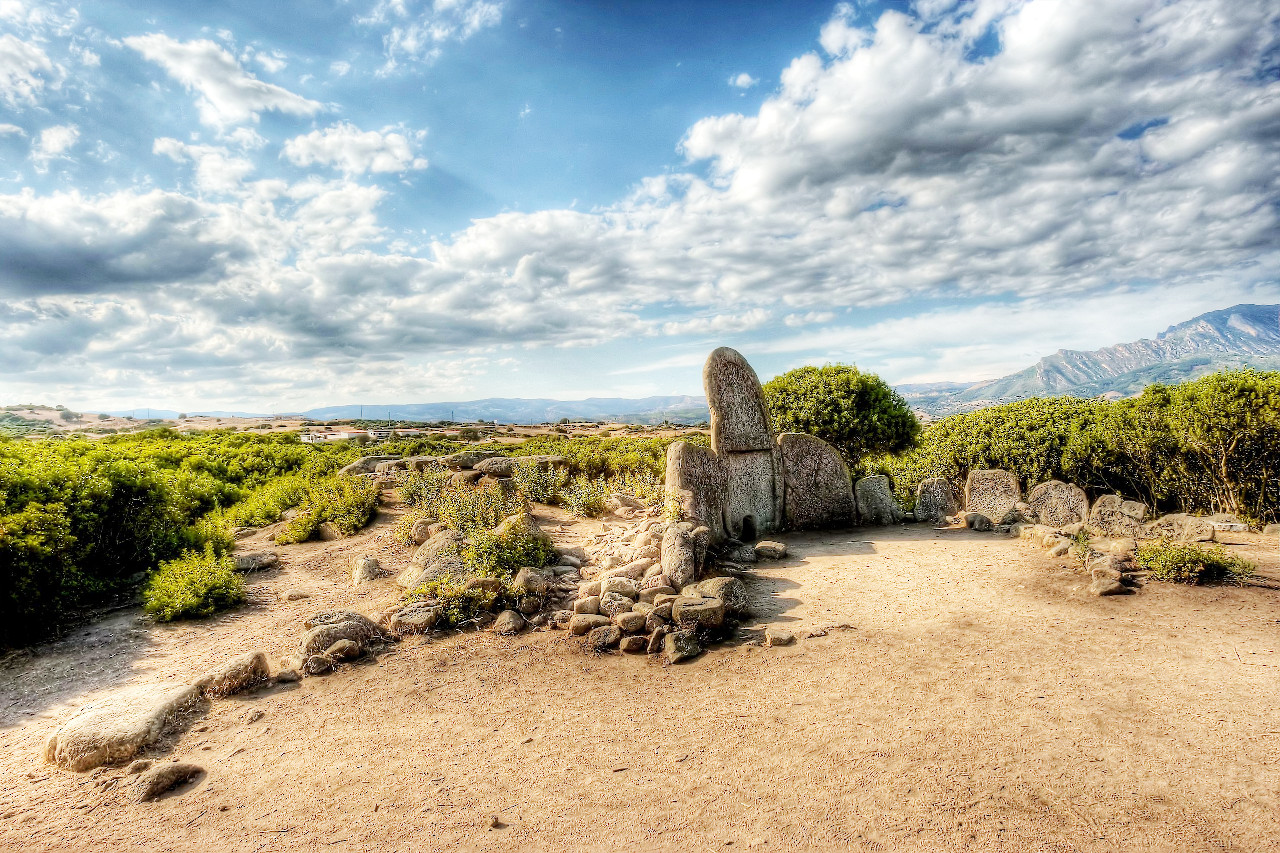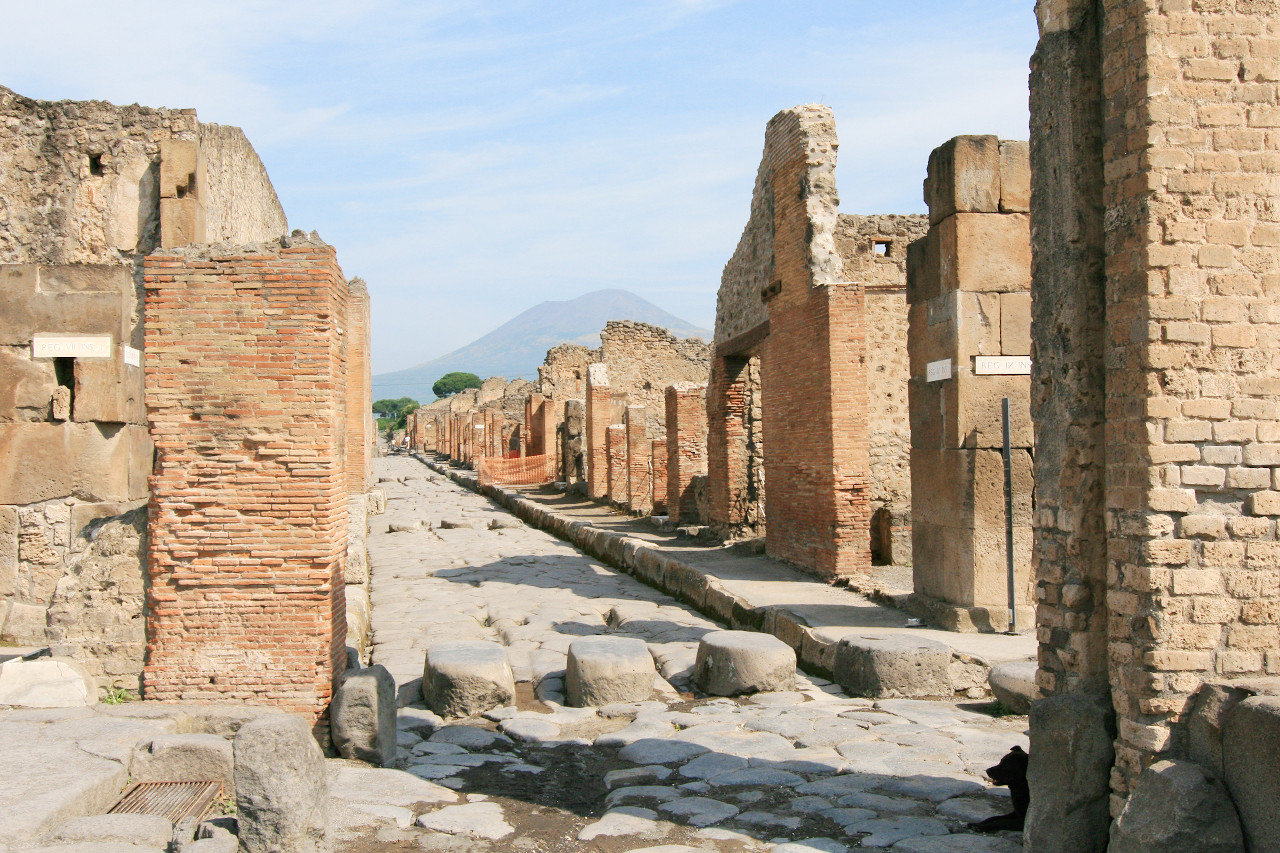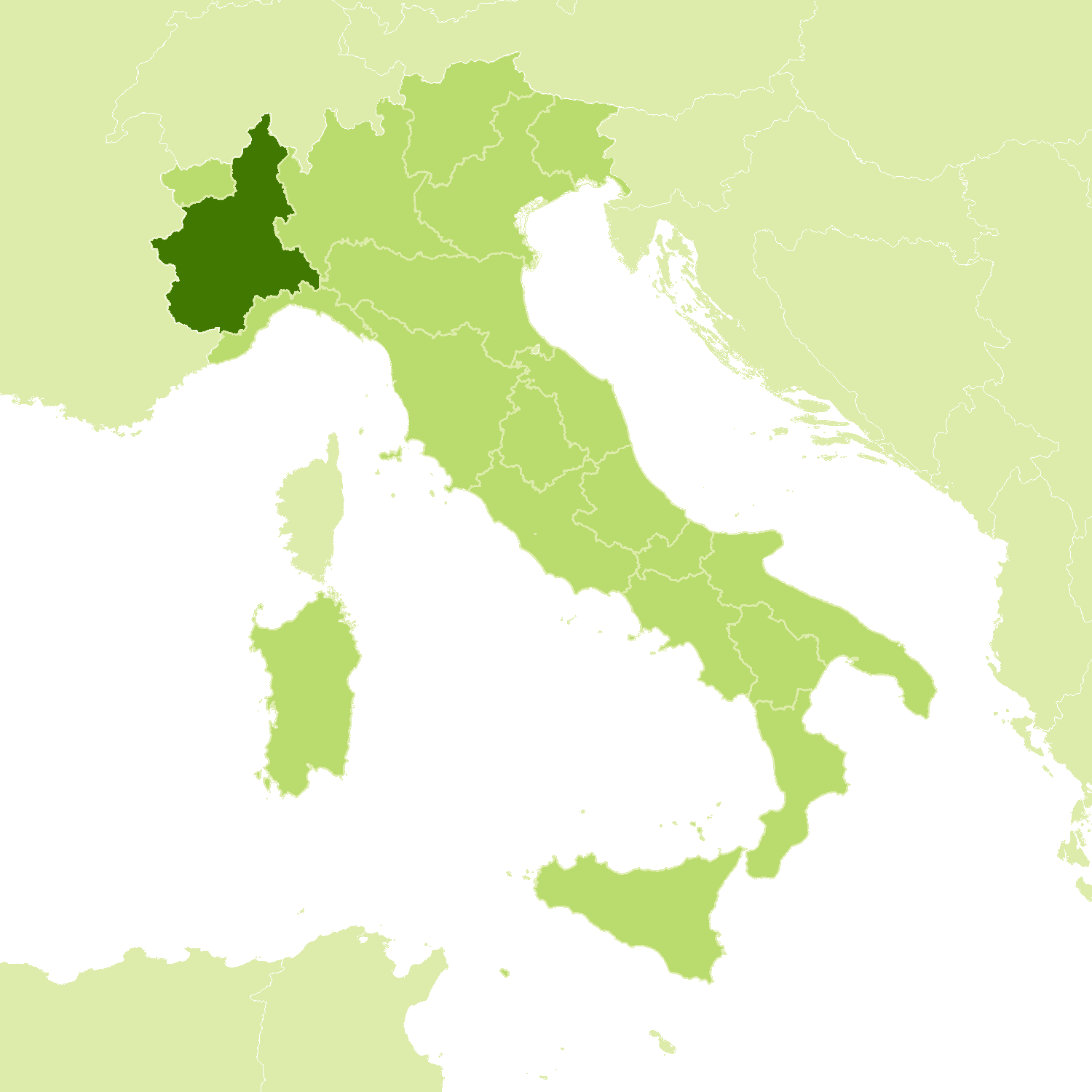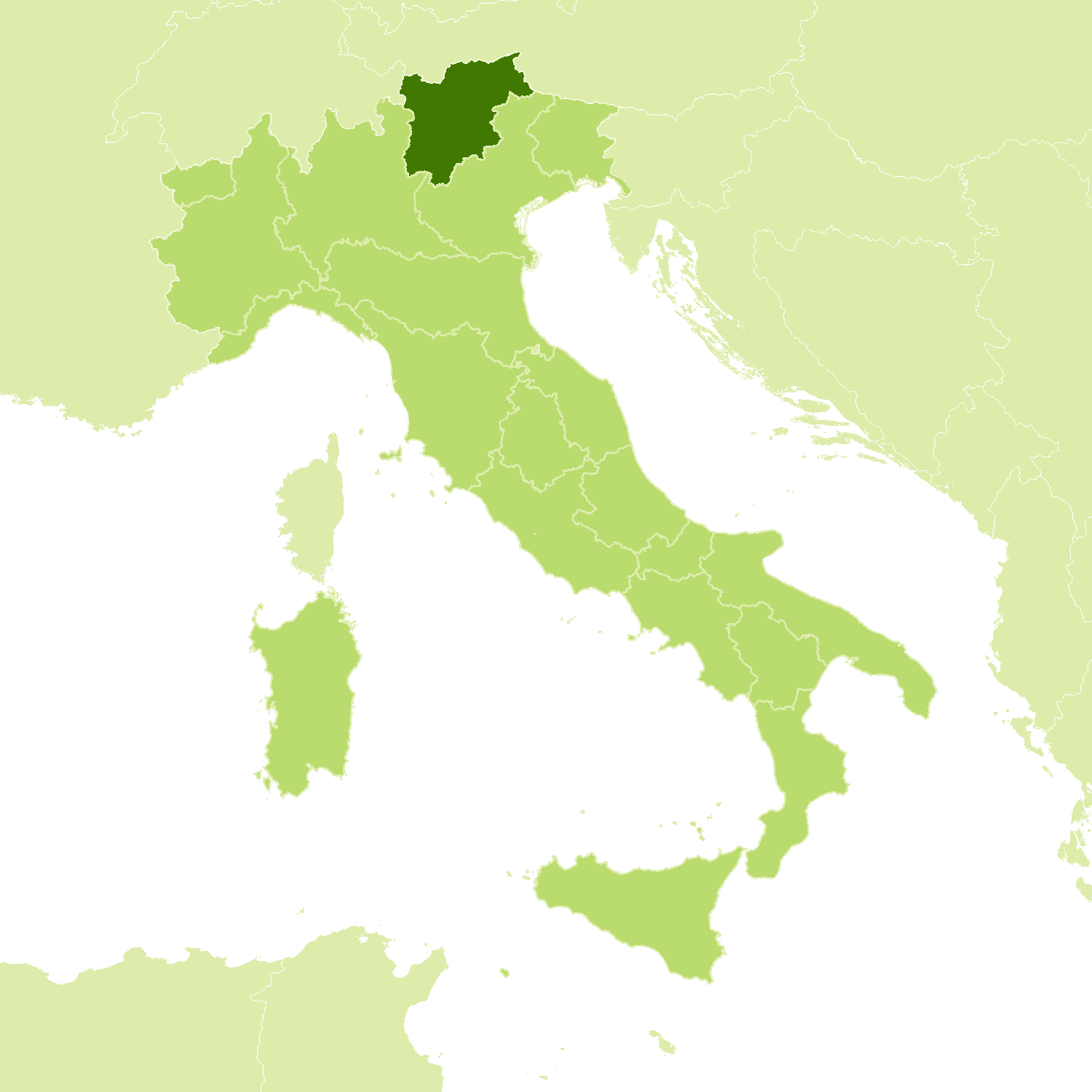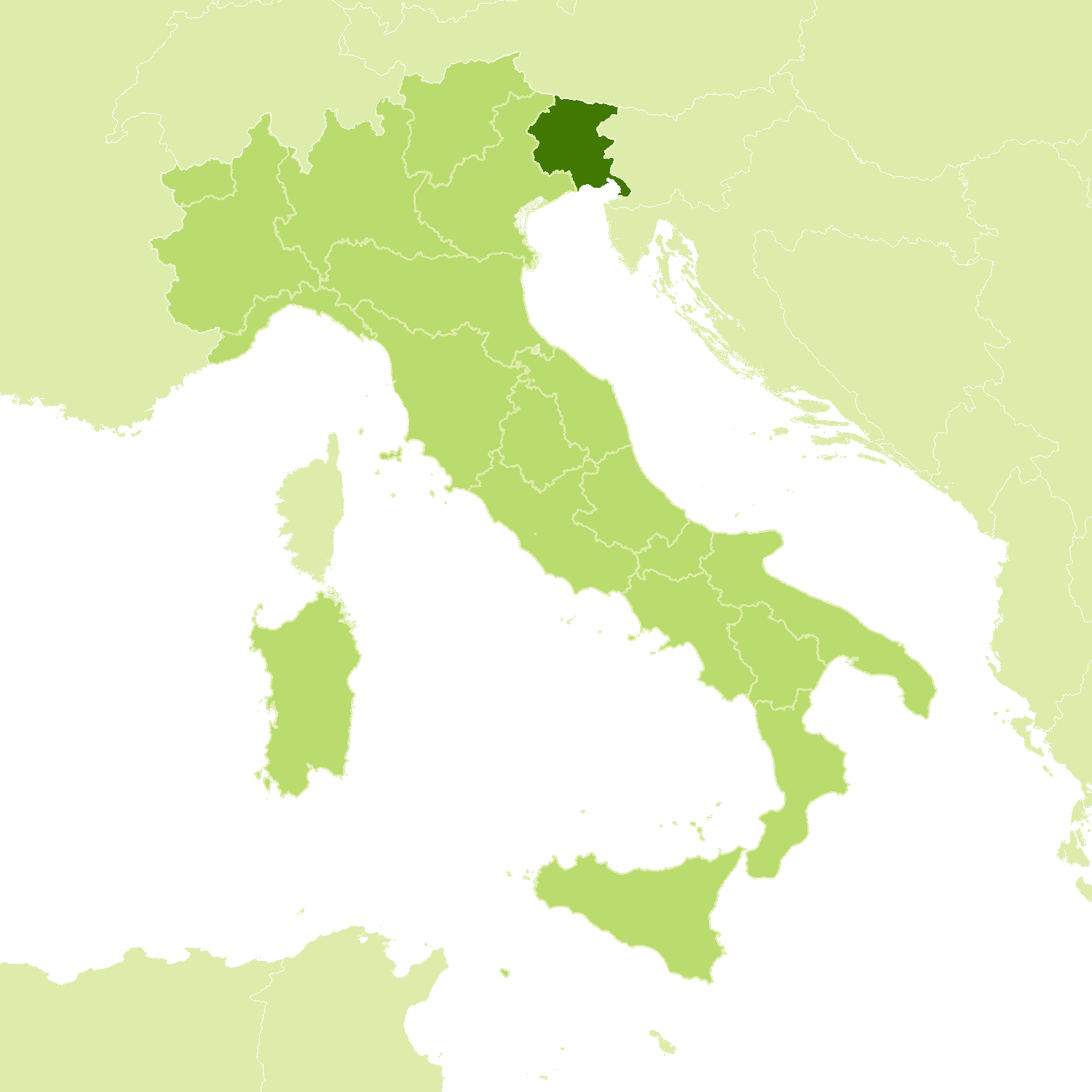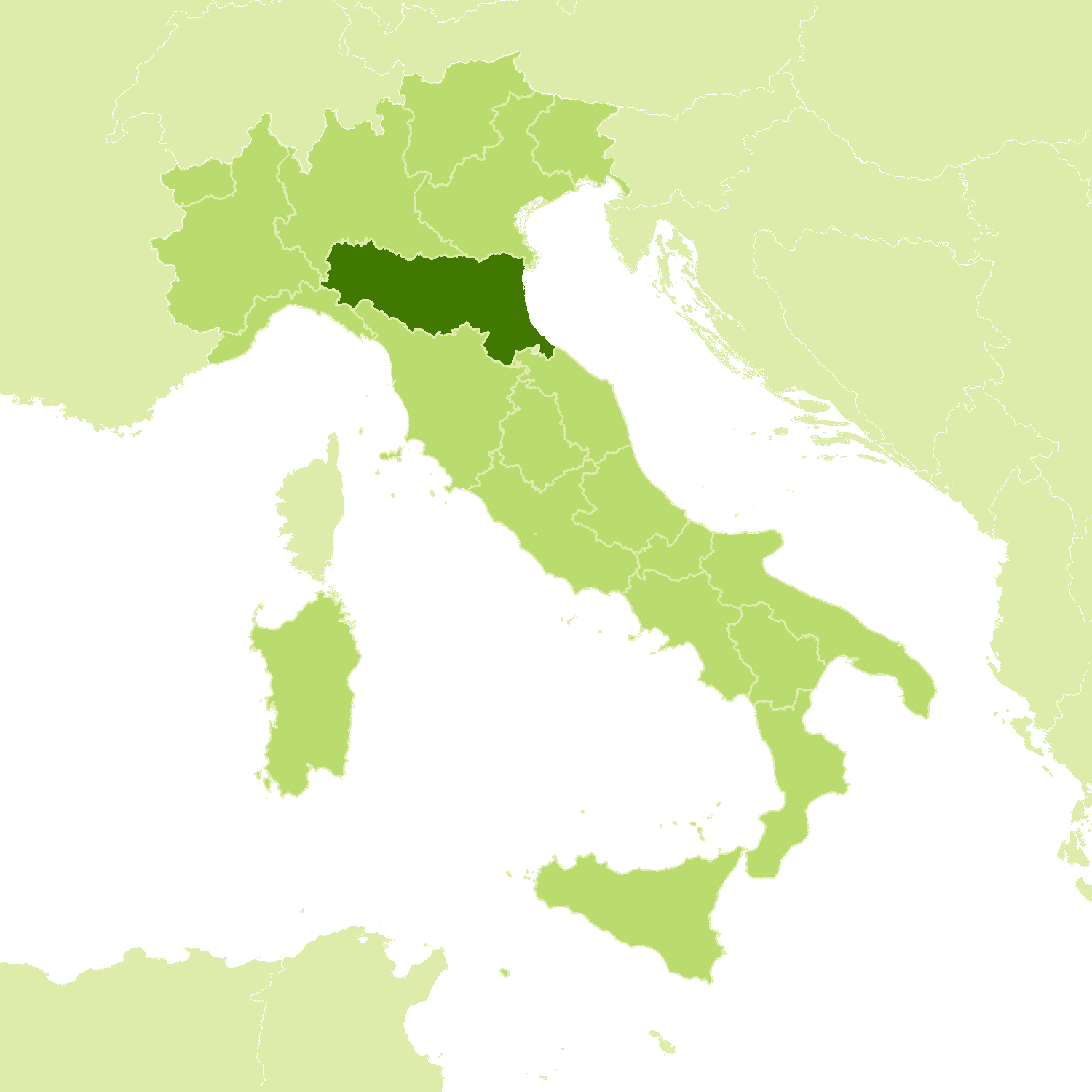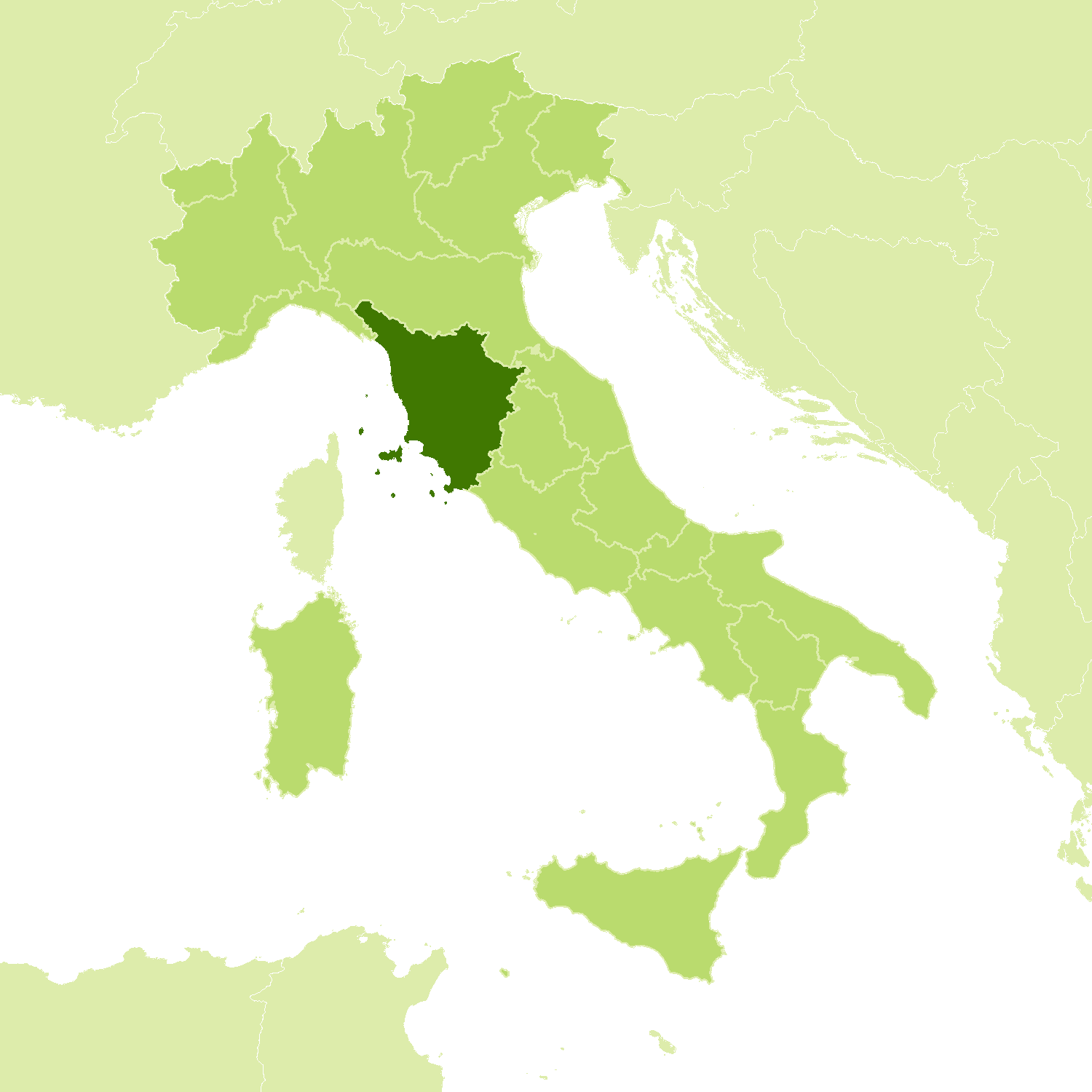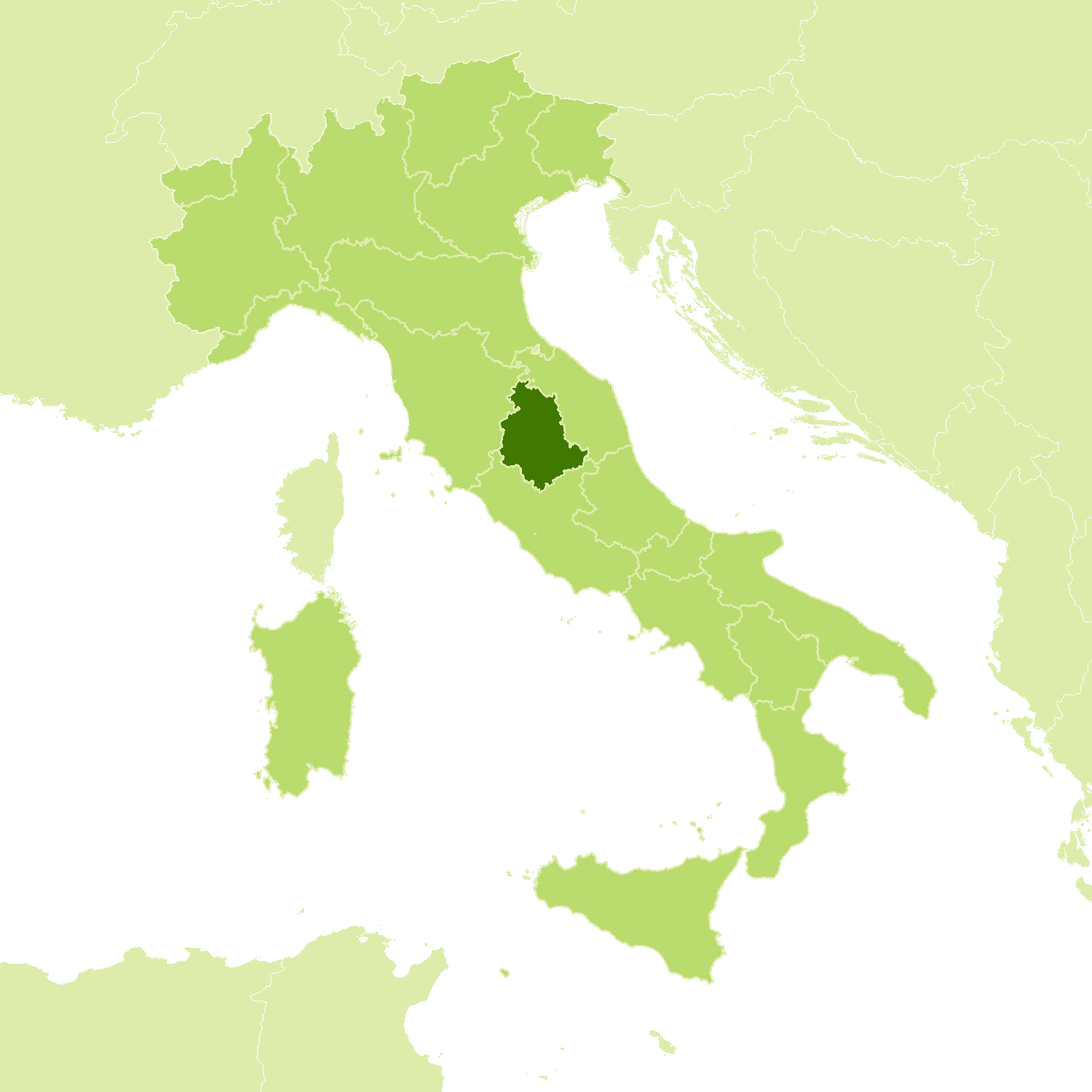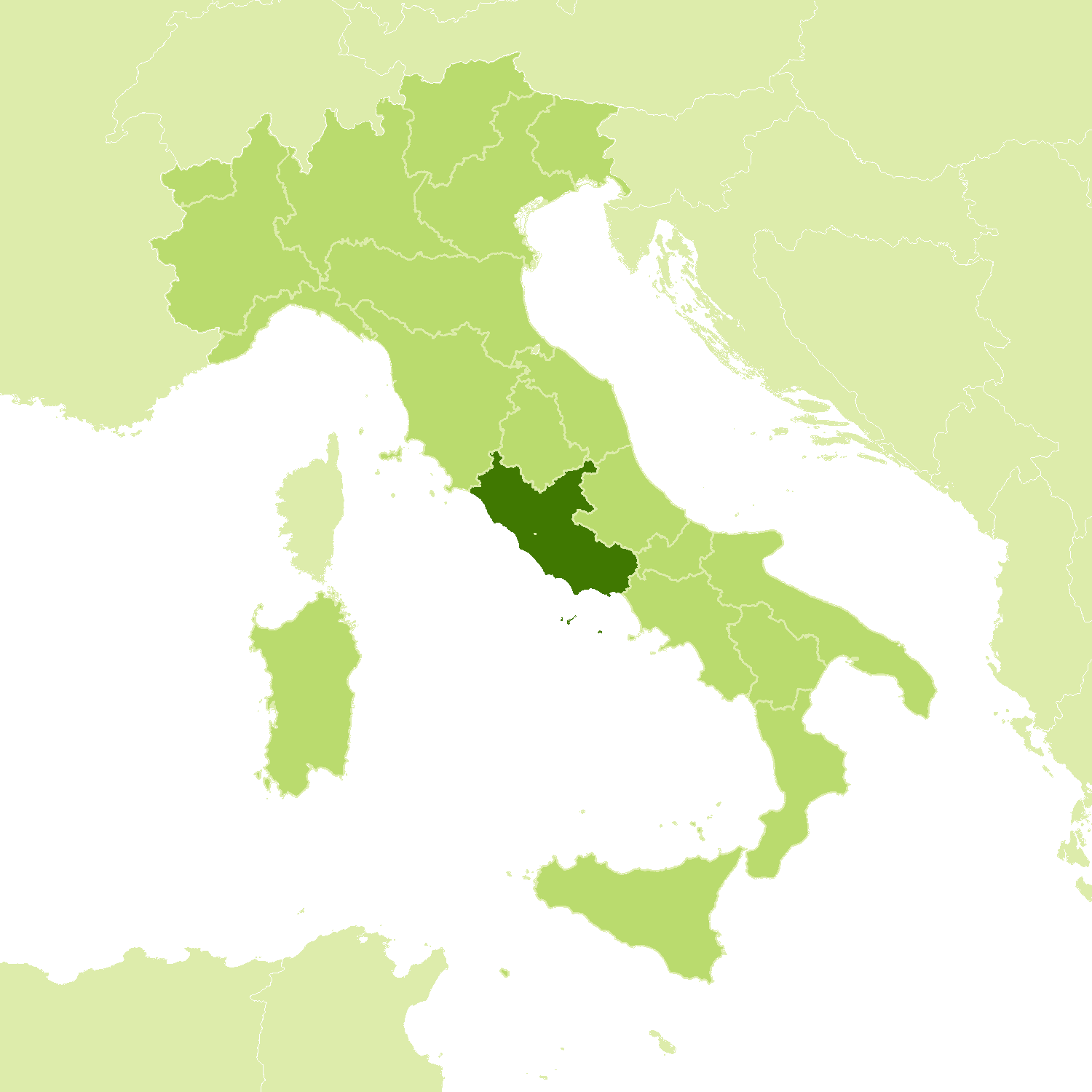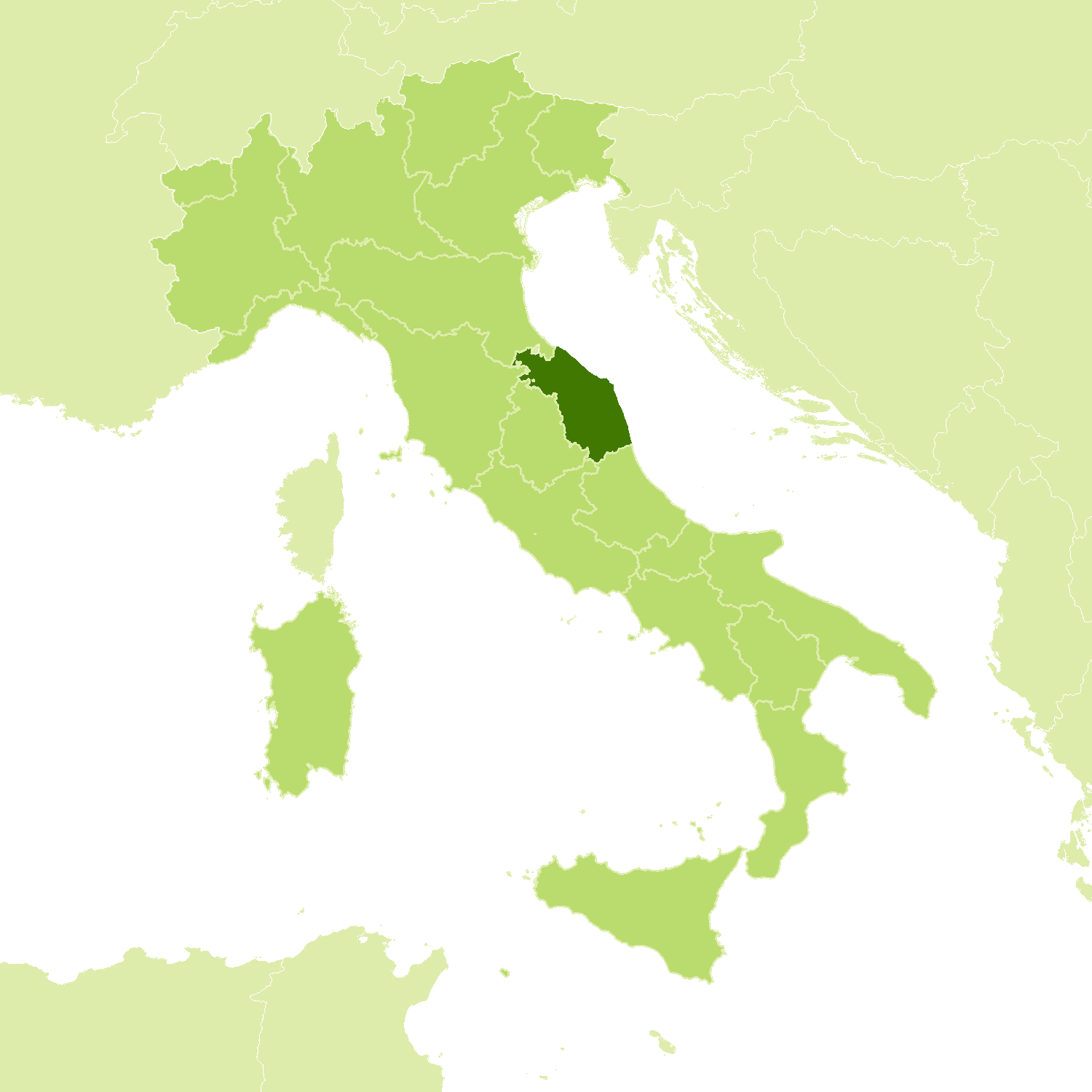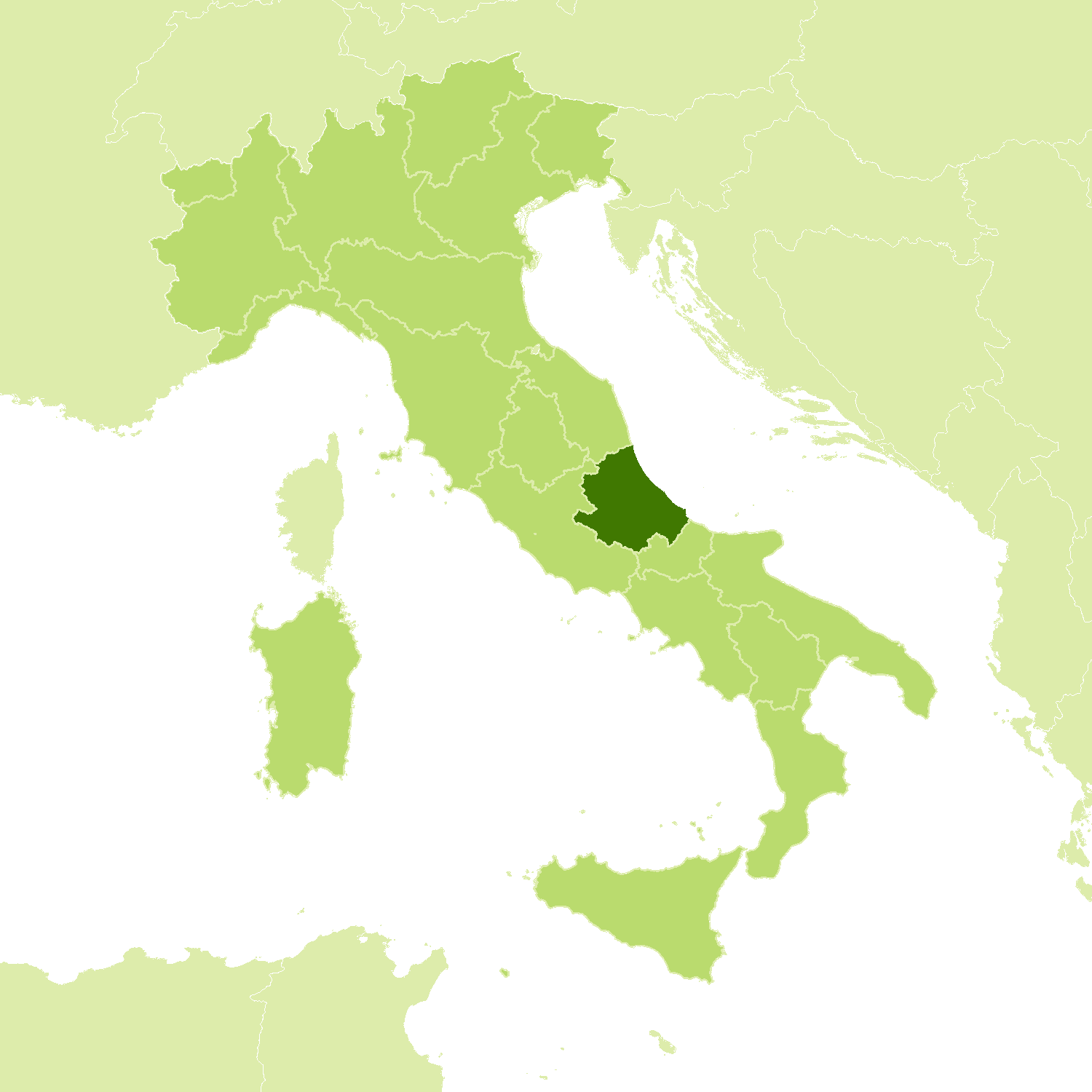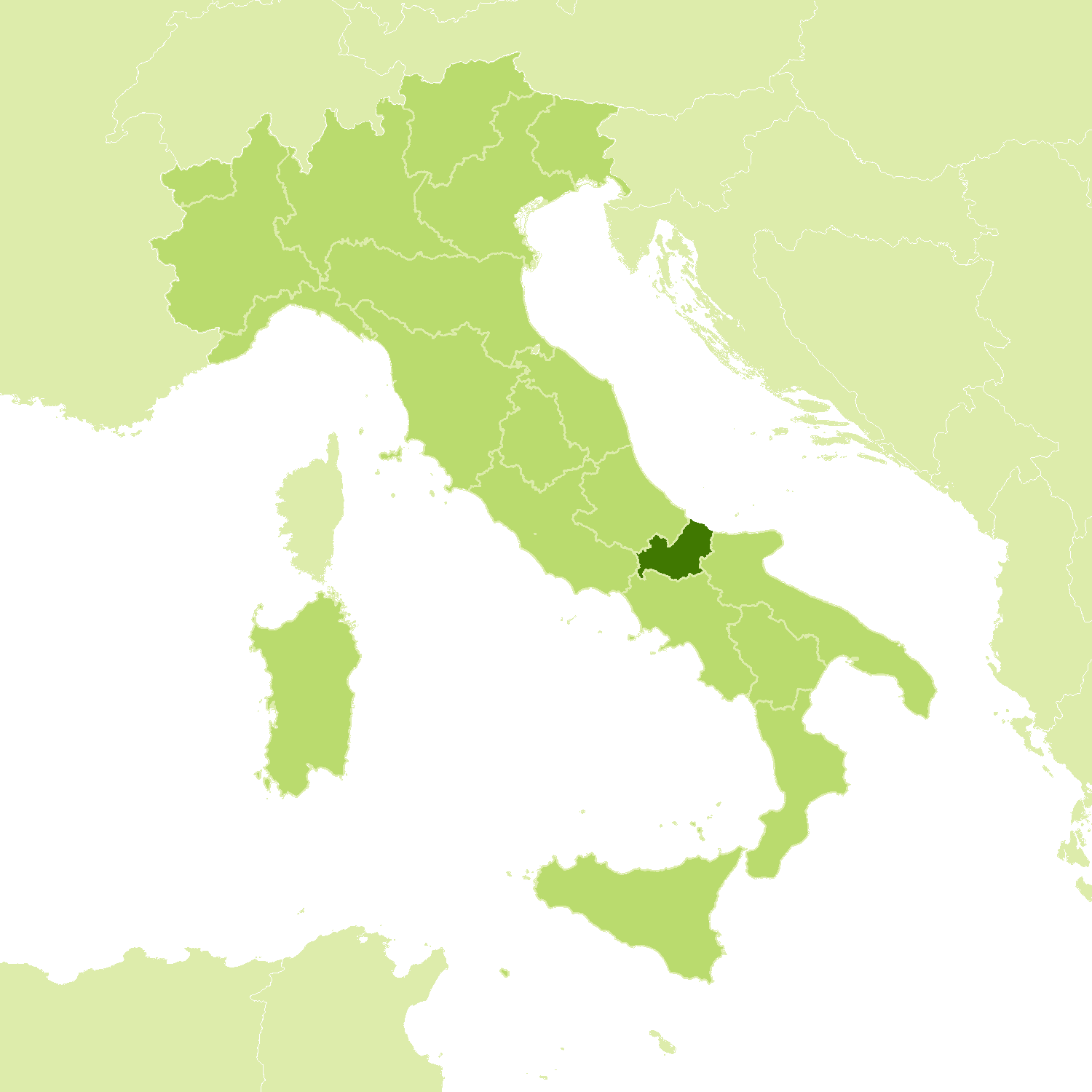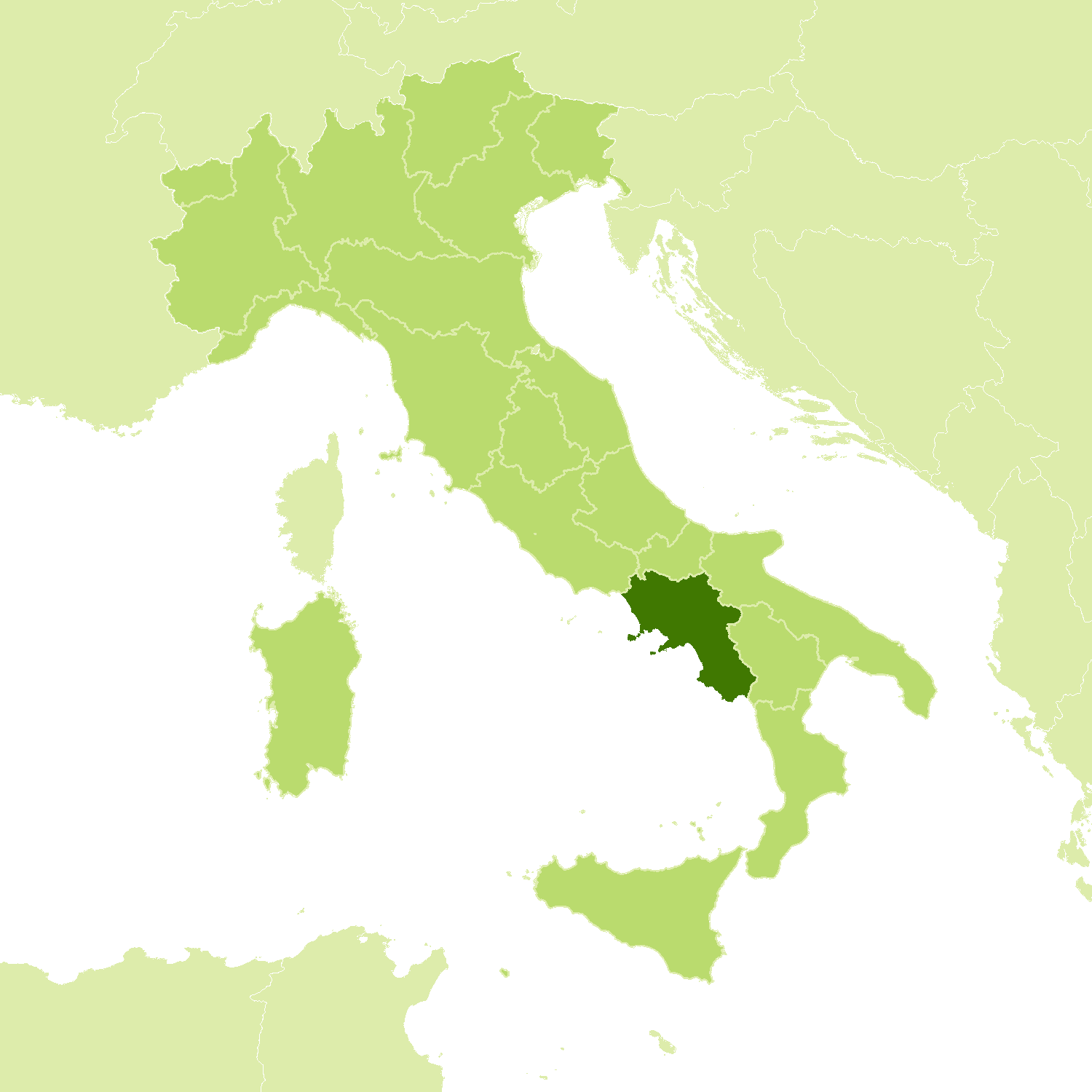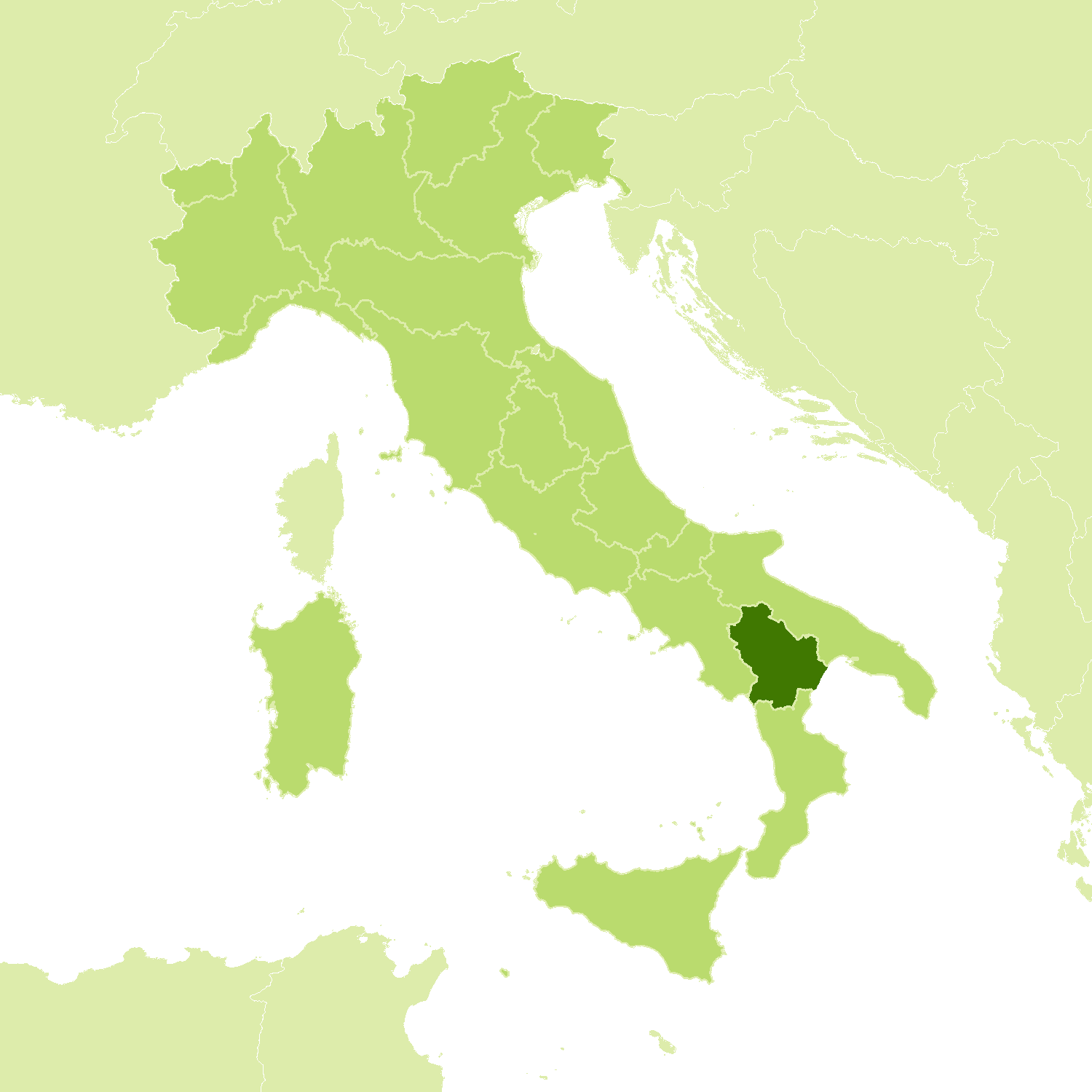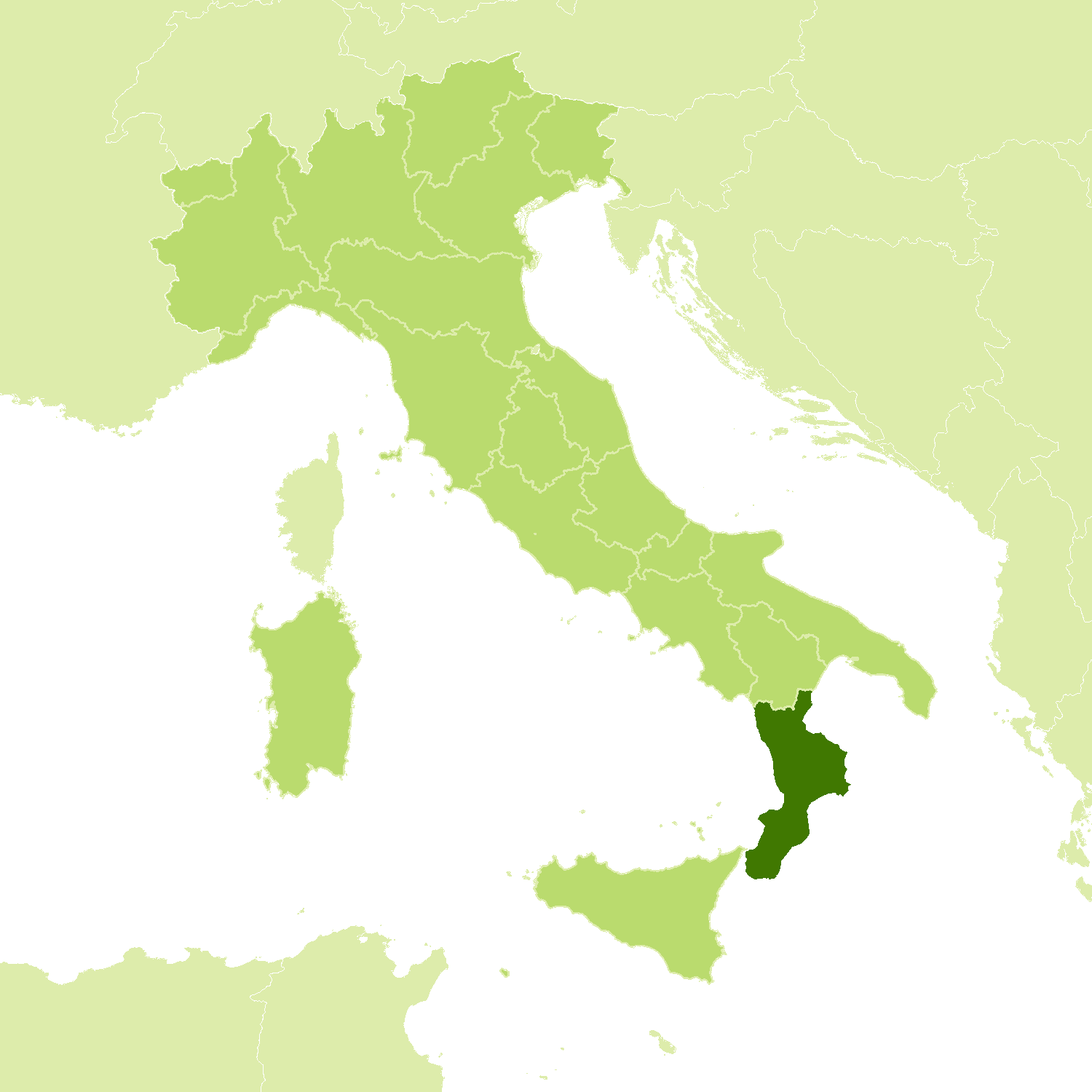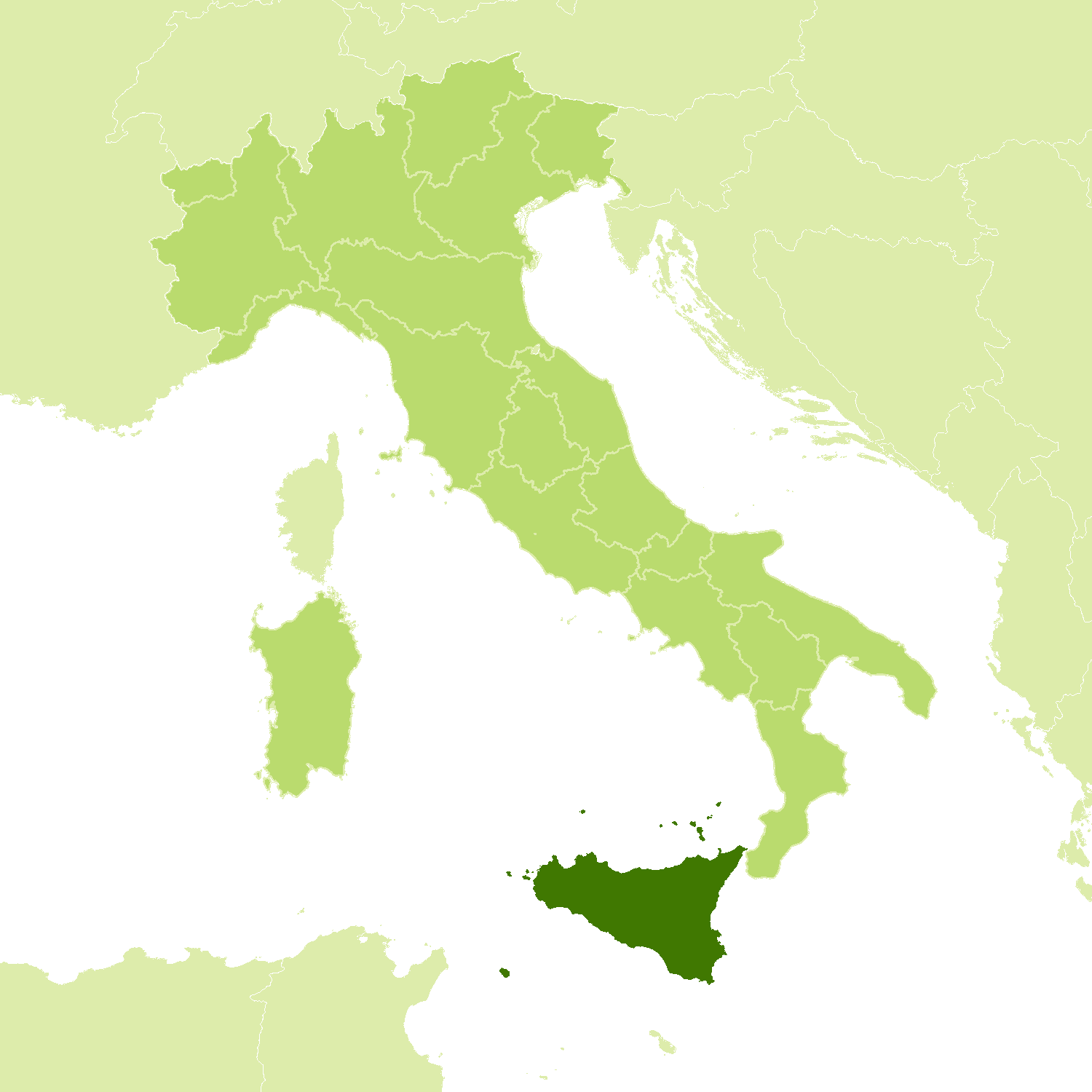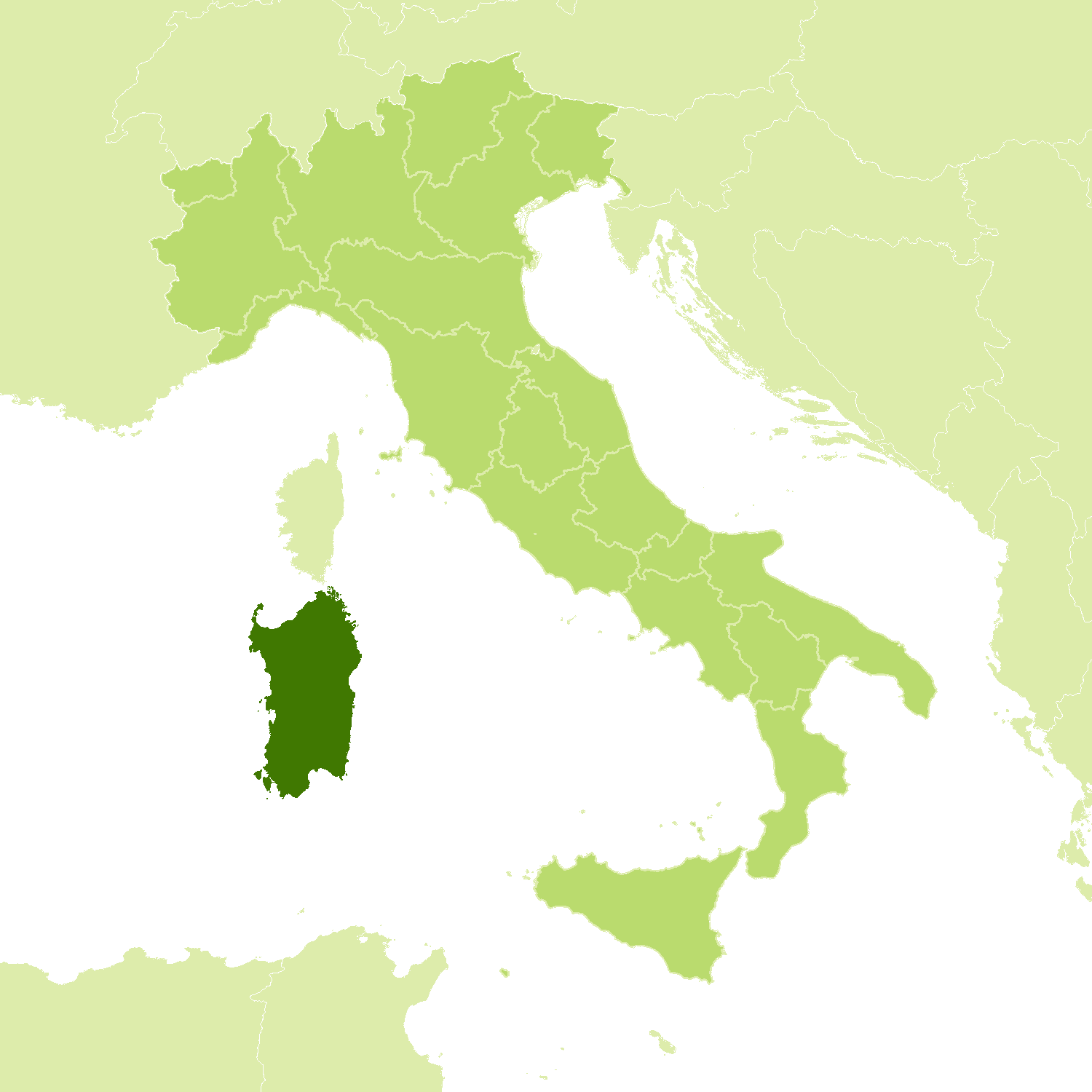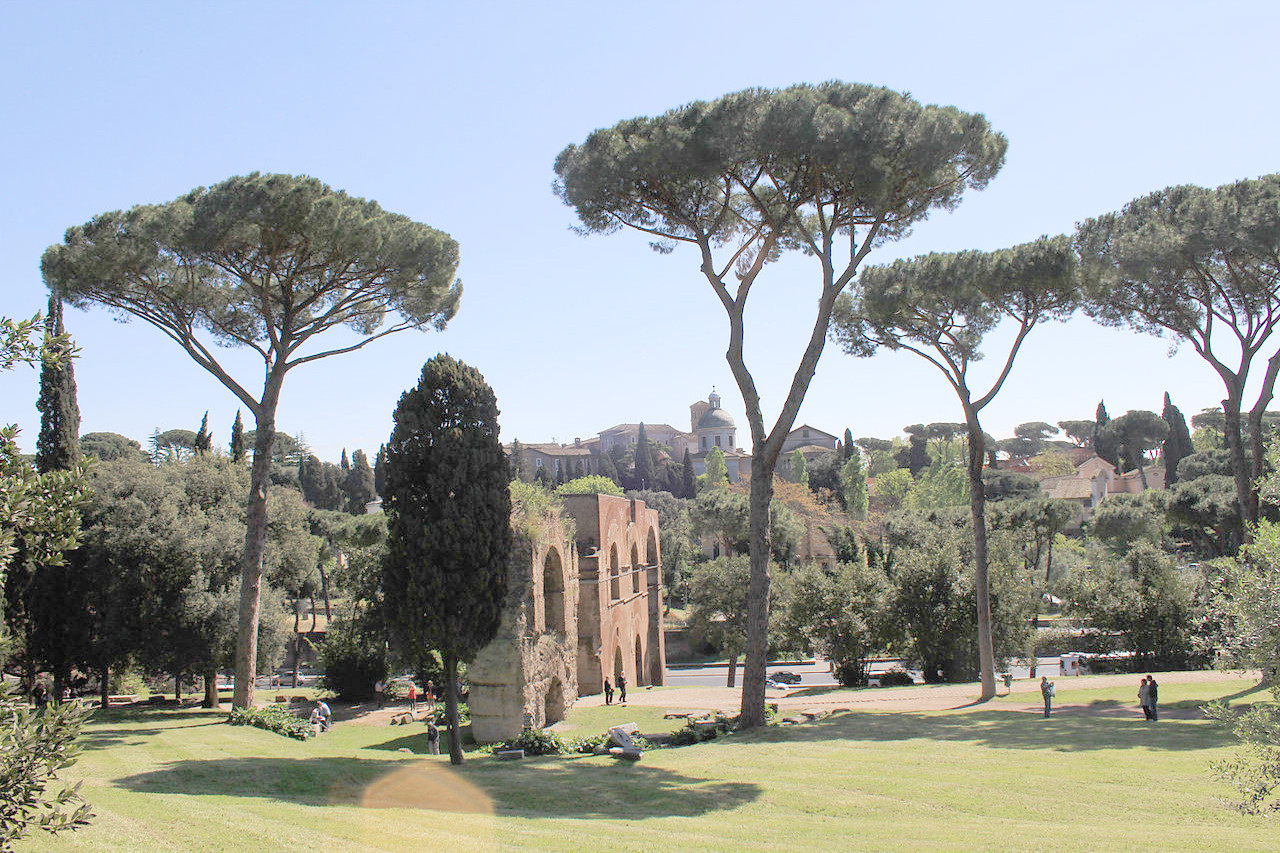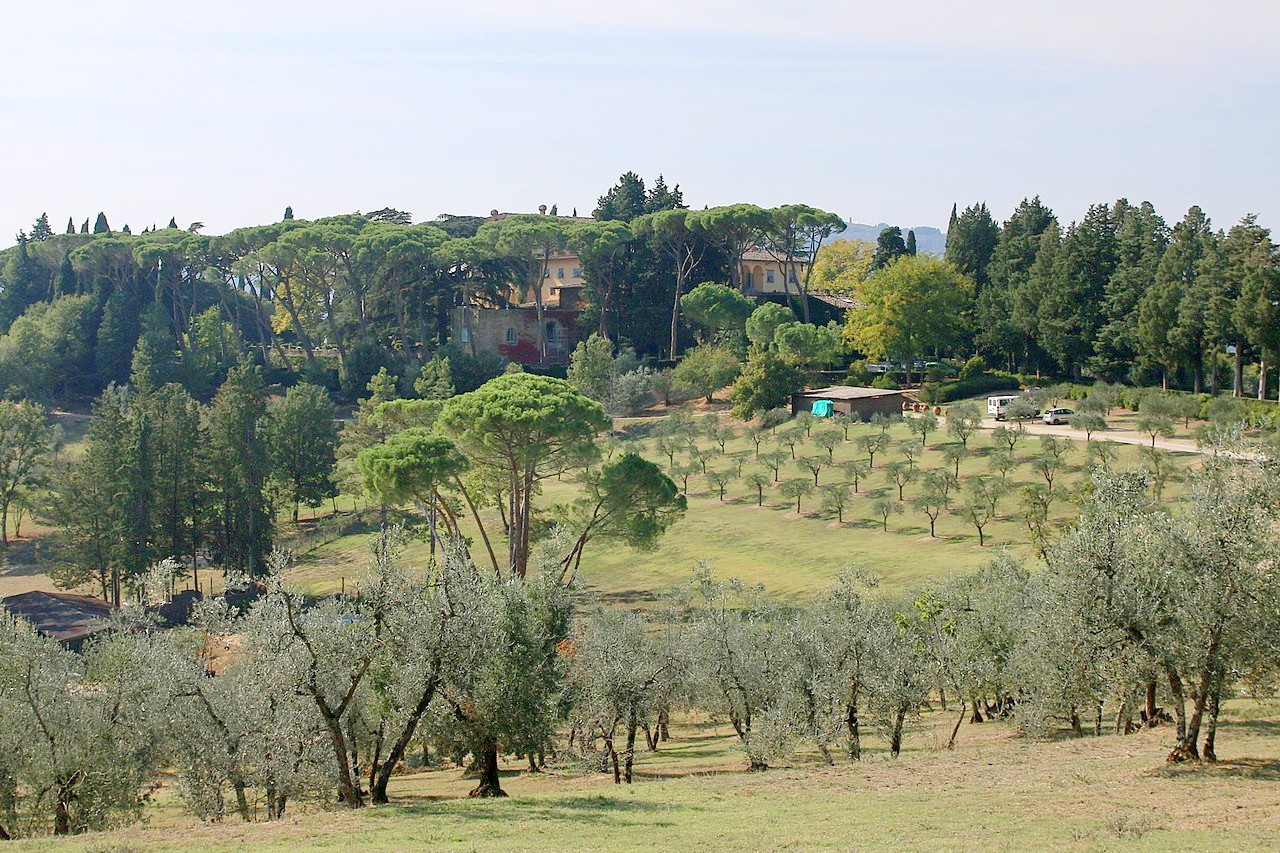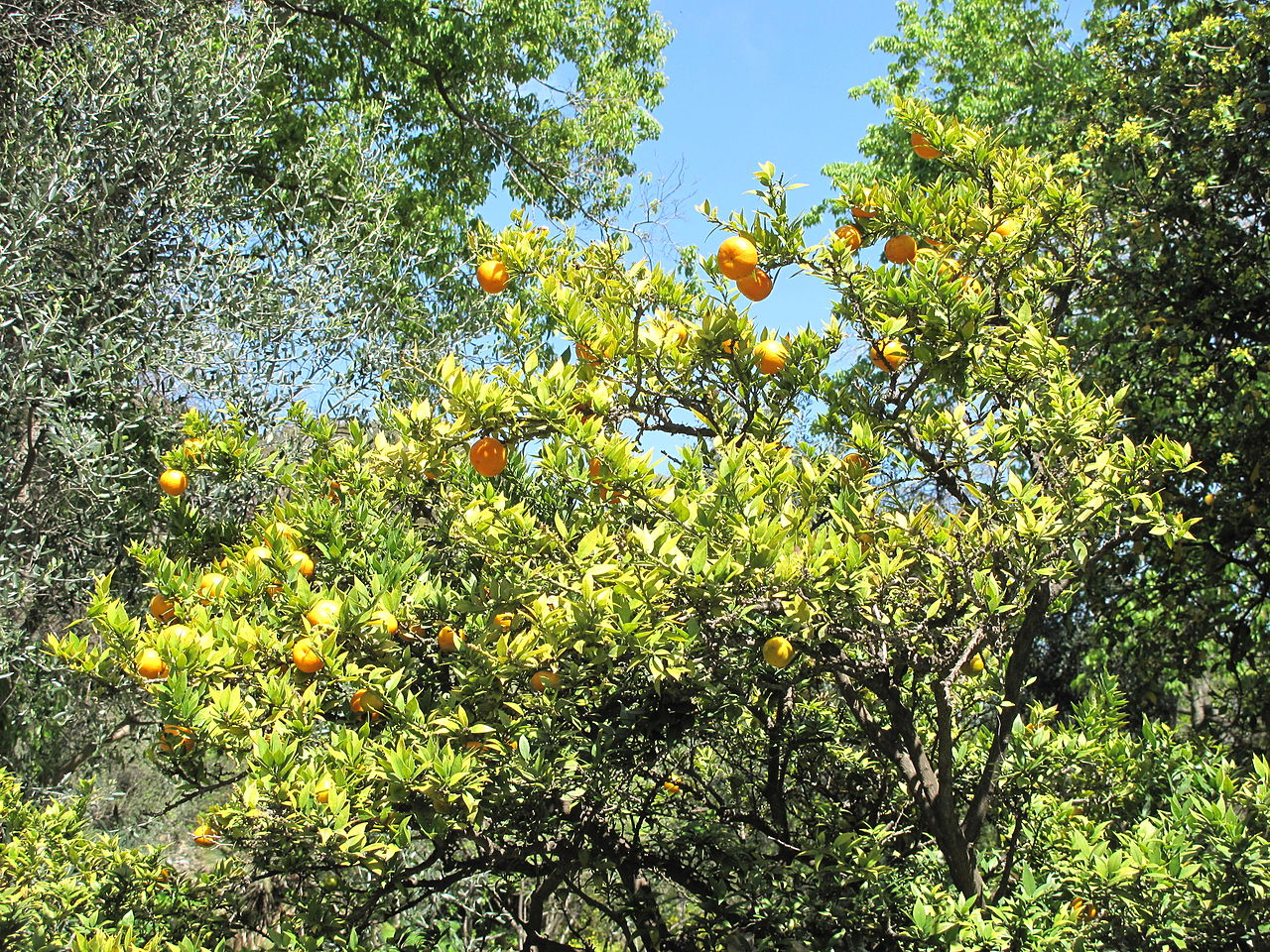The Geography of
Italy
Why visit Italy?
Italy is a country that has been so greatly favored by nature that it is almost the perfect as a country to visit. There are the great cities of Rome, Florence, Venice, and Milan, rich in historic and artistic treasures. The history of the modern world has its roots in Rome, not to mention the Renaissance cities. In the north there are snow-capped mountain peaks, in the south the palms and orange groves of Sicily. In the summer the beaches of the Adriatic and Italian Riviera are among the most popular in Europe, and in the winter the Alps and the Dolomites are a snow-covered playground. There is no country in the world where there are more worth-while things to see than in Italy. A life-time (many life-times) of exploration would not exhaust her interests and charms.
Contents
Map
 Relief map of Italy
Relief map of Italy
What is the landscape of Italy like?
Northern Italy
Northern Italy is traversed from west to east by the main chain of the Alps, which rises in many snow-covered summits. The Alps are form a huge arc that reaches the highest point of the Alps at Mont Blanc (15,780 feet)—known in Italy as Monte Bianco. To the south flows Po, a large river which enters the Adriatic Sea forming a wide delta. The best known and the most extensive of the coastal lagoons is the one in which Venice is situated.
Central Italy
The geography of Central Italy is dominated by the Apennines, which traverse the length of the country parallel to the coast. The Apennines are much lower than the Alps, and have neither snow-clad peaks (in summer) nor glaciers. Instead the summits are bare and rounded, the valleys deep, and cultivation goes on well up the heights. Thus central Italy consists of a cool upland country, bordered on both sides by rich and fertile countryside, enjoying a warm but temperate climate.
 Historic center of Florence, Tuscany
Historic center of Florence, Tuscany
Southern Italy
The great central mass of the Apennines continues into Southern Italy. The southern Apennines are somewhat lower, have a more confused structure, and possess numerous narrow valleys, which in olden times sheltered bandits and made movement difficult.
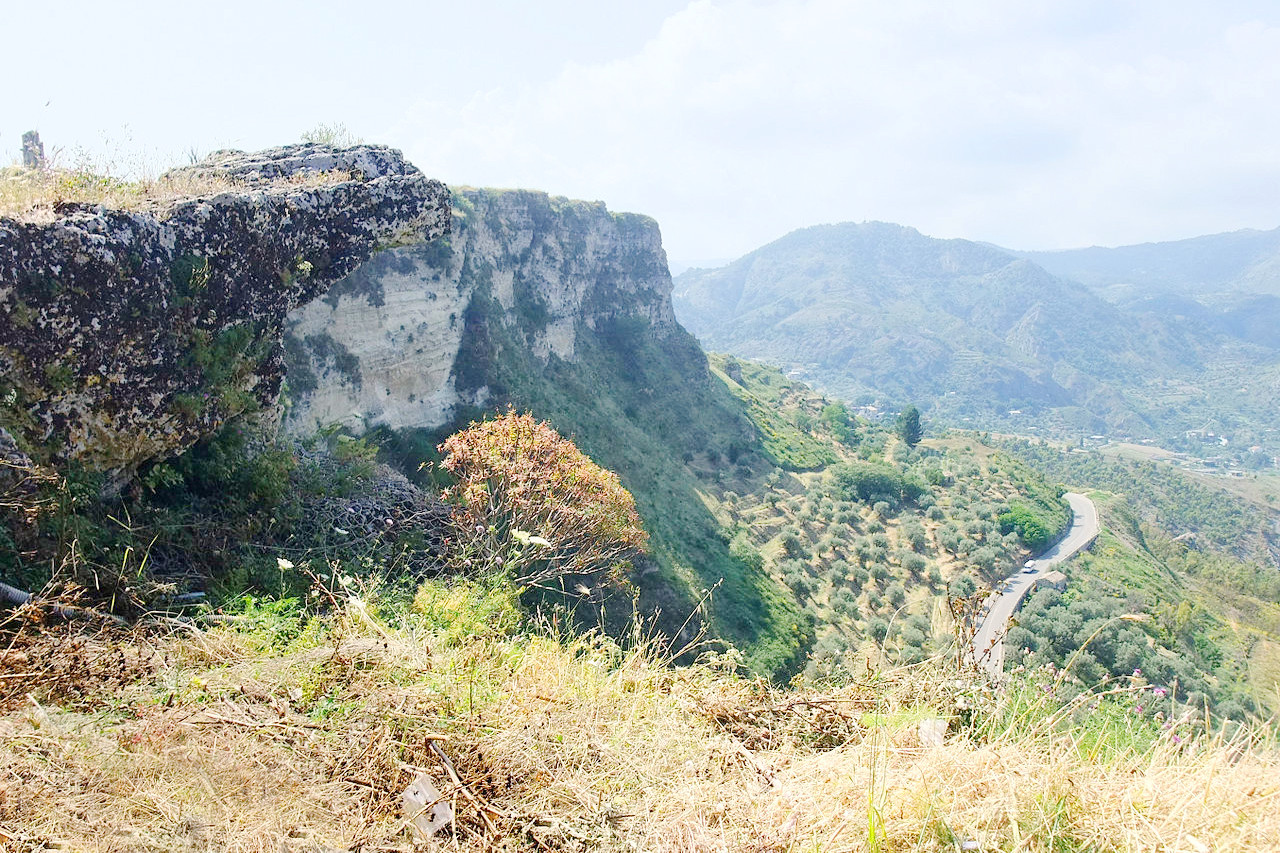 Gerace, south coast of Calabria
Gerace, south coast of Calabria
Sicily
Sardinia
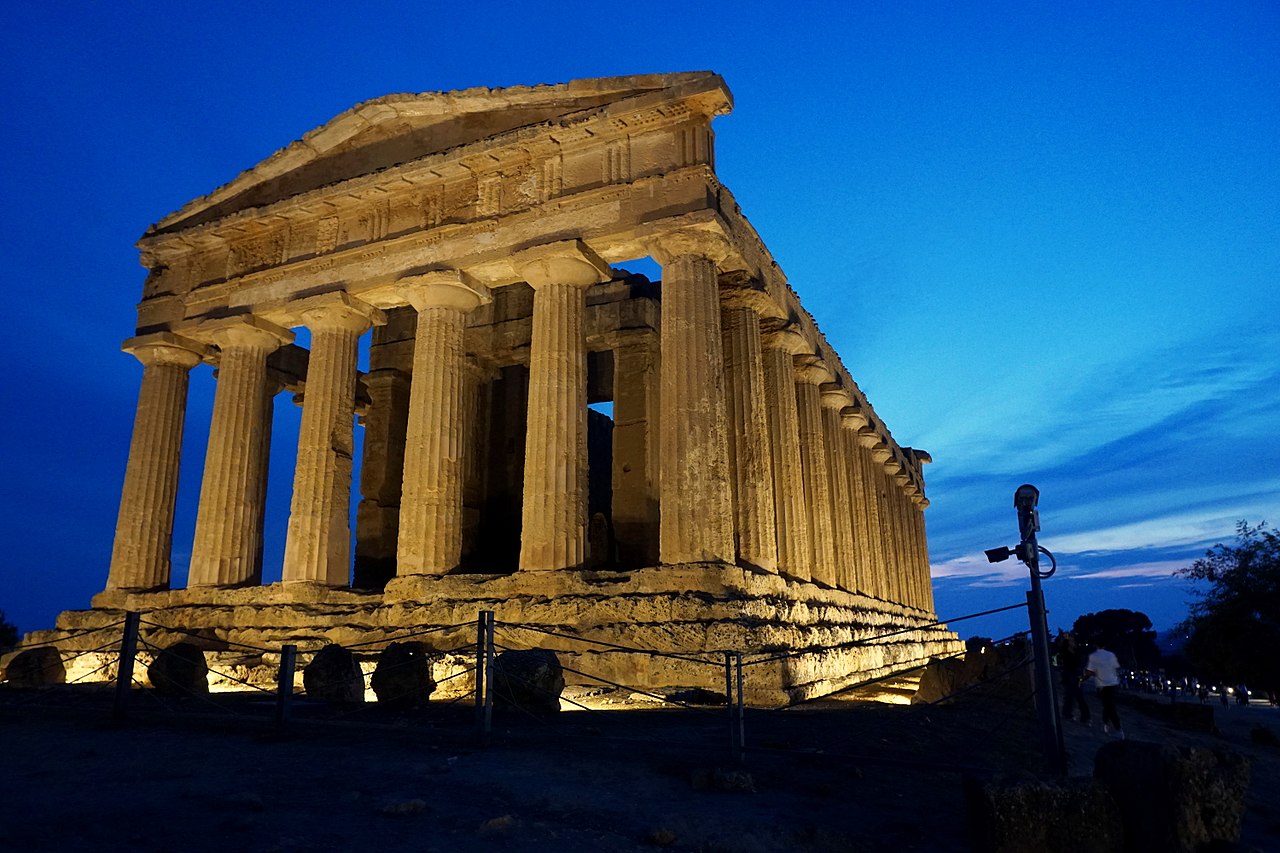 Temple of Concordia, Agrigento, Sicily
Temple of Concordia, Agrigento, Sicily
What is the nature of Italy like?
Among the Italian trees those which most strike the eye are the Mediterranean cypresses in Northern Italy; these are essentially an ornamental tree, growing in gardens and in churchyards. The stone pine flourishes especially near the coast, as does the maritime pine which forms extensive plantations on the coasts of Liguria and Tuscany.
Groves of olive trees clothe the hills of a large part of the country. The olive is an attractive tree with a grey bark; it has pointed leaves of a clouded green above and dusty white underneath, and bears an oval fruit. It is found from the Southern Alps (Lake Garda) onwards on the lower slopes along the Apennine lowlands and valleys all the way to Calabria. Numerous lemon and orange gardens cover the low lying parts of Sicily and Calabria; the dark foliage, the white blossoms and the yellow or reddish yellow fruit is a characteristic sight of Southern Europe, even though these trees are East Asian in origin.
Among deciduous trees, forests of beech and oak grow on the heights of the mountain ranges. Sweet chestnut appears on the mountain slopes as dense underwood, and sometimes as continuous forests. Other deciduous trees include hazel, ash, plane, laurel, holly, and poplar. Among tropical species, the aloe, the cactus and the palm have established themselves in many places, and are conspicuous on the shores of southern Italy, as well as of Liguria.
Those parts of Sicily which are covered with trees or shrubs are always green, for orange trees, olive trees, carob trees, laurels, tamarisks, cypresses, and pines retain their leaves even in winter. Sardinia, being less densely settled, retains its forests of pines, oaks, and holm oaks on the mountain slopes and in the highland valleys. The hill tops are covered thickets of myrtles, strawberry trees, and heather. Wild olive trees cover tracts of uncultivated land near the seashore.
The wildflowers of Italy are glorious. Anyone who wanders in the mountains in spring, say April or May, will ever remember the anemones, violets and narcissi which clothe the ground like a multicolored carpet. After the first autumn rain the vegetation near Rome awakes to new life and enjoys a second though inferior spring in the greenness of the grass and the blossoming of field flowers. The Alps have their own vegetation between the highest line of forest and the lowest line of perpetual snow; characteristic of it are the edelweiss, and the Alpine grasses of reed, rush and clover.
What is the climate of Italy like?
See our main article: The Climate of Italy
Italy is one of the hottest countries in Europe, but being bounded by the sea on both sides, as well as by the Alps to the north, means the climate is tempered. Great differences exist between northern and southern Italy—the great plain of northern Italy is chilled by the cold winds from the Alps and has a cold winter climate, so that while the summer is hot like the southern coasts, the winter temperature is more like northern Europe. Central Italy is also greatly affected by the Apennine mountains. Thus although the greater part of Tuscany and Lazio enjoy a mild winter climate, the central range of the Apennines experiences snowfall from November to May. Even in the southern province of Calabria you can see great differences. The shores are almost tropical with groves of olive, orange, and lemon trees, but in the highlands, oak and chestnut forests succeed to fir and pine, and snow begins to appear in October.
Rainfall varies greatly across across the country: the Alps experience the most rain; the west coast gets heavier rainfall than that of the east; and the plains of Apulia in the southeast are the driest parts of of the country. In the north rainfall is heaviest in October and in the spring, and then the rivers of the Po valley are at their highest. In other parts Italy the winter rains are the heaviest. Snow falls frequently in the Alpine region and in the valley of the Po.
| Climate data for Rome (1971–2000) | |||||||||||||
|---|---|---|---|---|---|---|---|---|---|---|---|---|---|
| Month | Jan | Feb | Mar | Apr | May | Jun | Jul | Aug | Sep | Oct | Nov | Dec | Year |
| Average high °C (°F) | 12.6 (54.7) | 14.0 (57.2) | 16.5 (61.7) | 18.9 (66.0) | 23.9 (75.0) | 28.1 (82.6) | 31.5 (88.7) | 31.7 (89.1) | 27.5 (81.5) | 22.4 (72.3) | 16.5 (61.7) | 13.2 (55.8) | 21.4 (70.5) |
| Daily mean °C (°F) | 7.4 (45.3) | 8.4 (47.1) | 10.4 (50.7) | 12.9 (55.2) | 17.3 (63.1) | 21.2 (70.2) | 24.2 (75.6) | 24.5 (76.1) | 20.9 (69.6) | 16.4 (61.5) | 11.2 (52.2) | 8.2 (46.8) | 15.3 (59.5) |
| Average low °C (°F) | 2.1 (35.8) | 2.7 (36.9) | 4.3 (39.7) | 6.8 (44.2) | 10.8 (51.4) | 14.3 (57.7) | 16.9 (62.4) | 17.3 (63.1) | 14.3 (57.7) | 10.5 (50.9) | 5.8 (42.4) | 3.1 (37.6) | 9.1 (48.4) |
| Average precipitation mm (inches) | 69.5 (2.74) | 75.8 (2.98) | 59.0 (2.32) | 76.2 (3.00) | 49.1 (1.93) | 40.7 (1.60) | 21.0 (0.83) | 34.1 (1.34) | 71.8 (2.83) | 107.0 (4.21) | 109.9 (4.33) | 84.4 (3.32) | 798.5 (31.44) |
| Source: Servizio Meteorologico | |||||||||||||
The official websites
Italy

Italy leaves its mark
| Location: | Southern Europe, a peninsula extending into the central Mediterranean Sea, between Spain and Greece |
| Coordinates: | 42° 50′ N, 12° 50′ E |
| Size: | • 1,185 km N-S; 380 km E-W • 735 miles N-S; 235 miles E-W |
| Terrain: | Mostly rugged and mountainous; some plains, coastal lowlands |
| Climate: | Predominantly Mediterranean; alpine in far north; hot, dry in south |
| Highest point: | Mont Blanc (Monte Bianco) de Courmayeur 4,748 m / 15,577 ft |
| Forest: | 31.4% (2011 est.) |
| Population: | 62,402,659 (July 2020 est.) |
| Population density: | Medium (201/km²) |
| Capital: | Rome |
| Languages: | Italian (official), German (parts of Trentino-Alto Adige region), French (a small minority in Valle d'Aosta region), Slovene (a minority in the Trieste-Gorizia area) |
| Human Development Index: | Very high (0.892) |
| Currency: | Euro |
